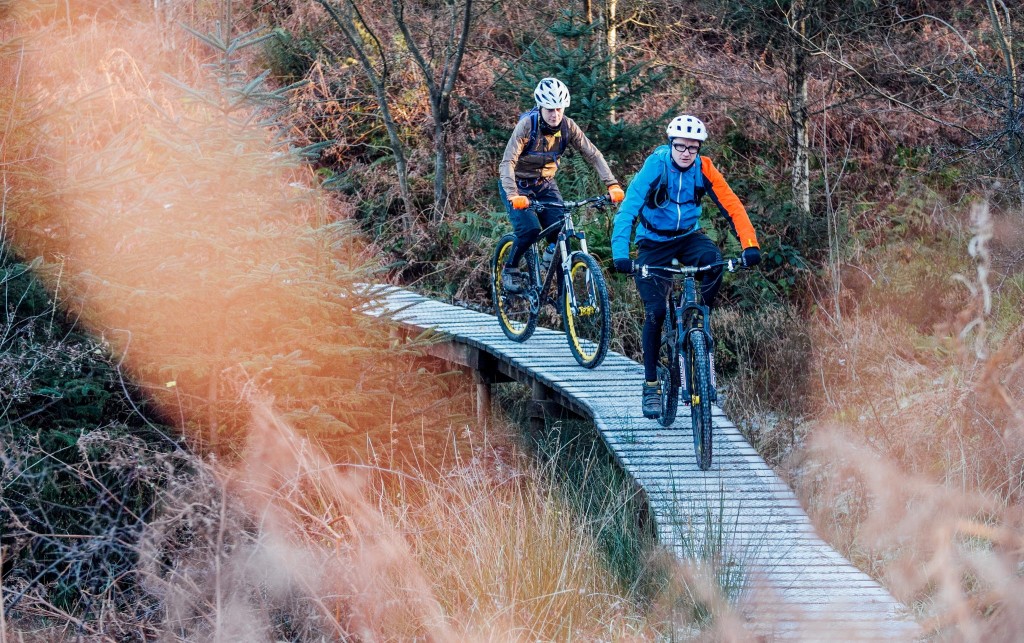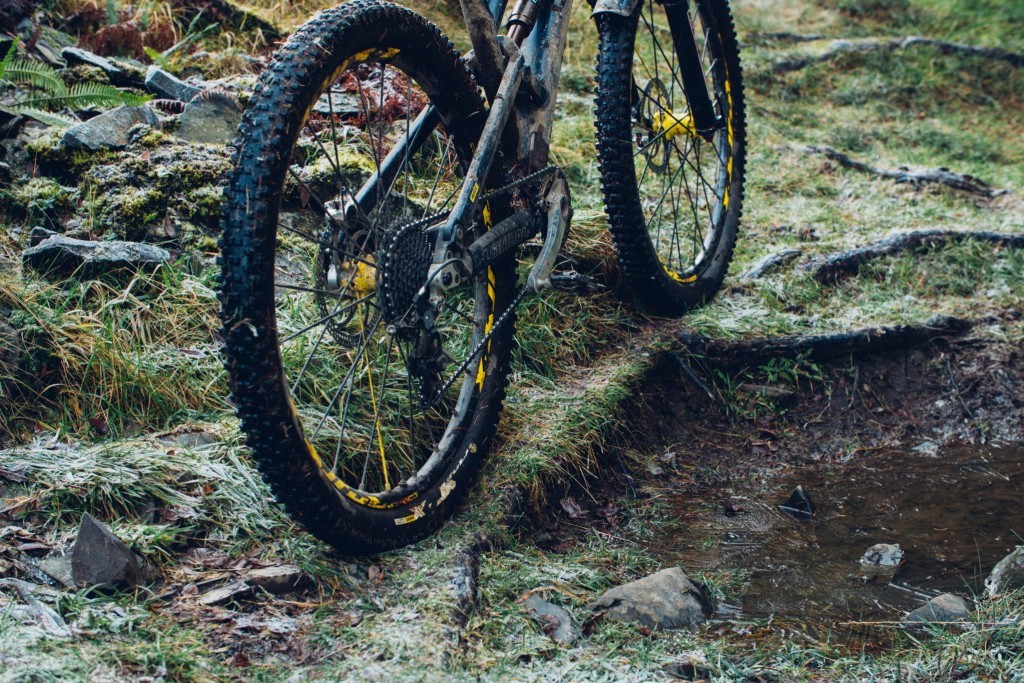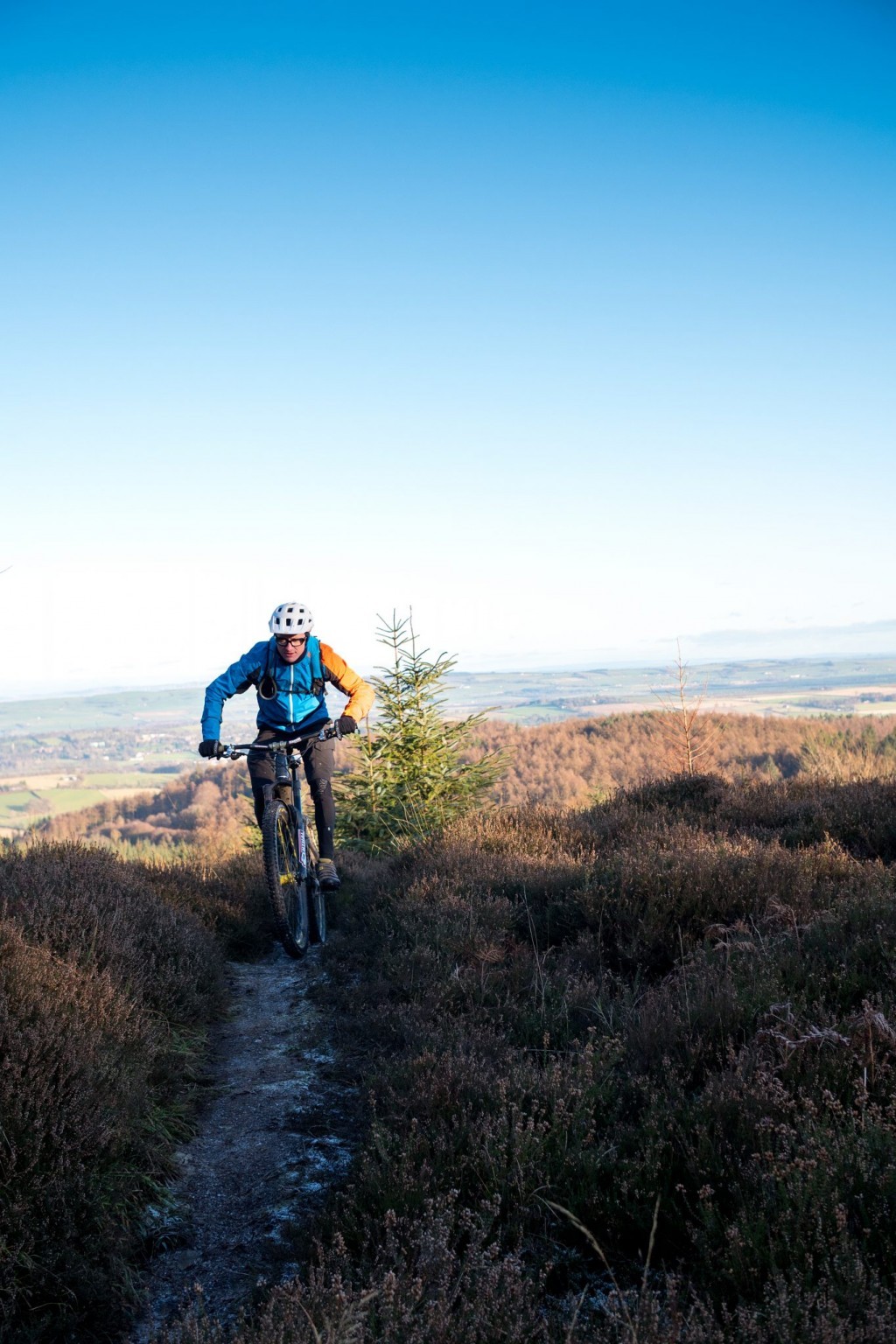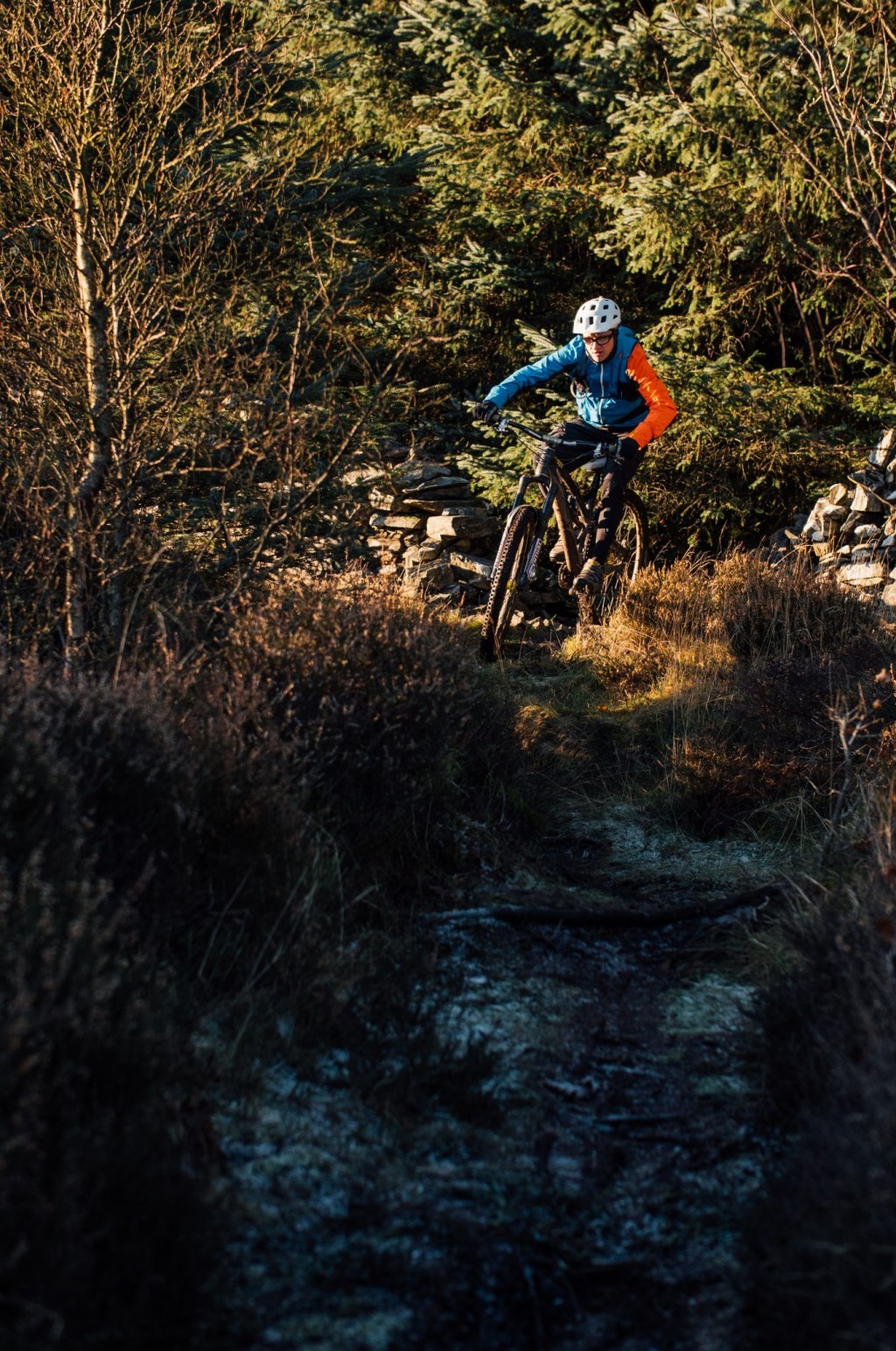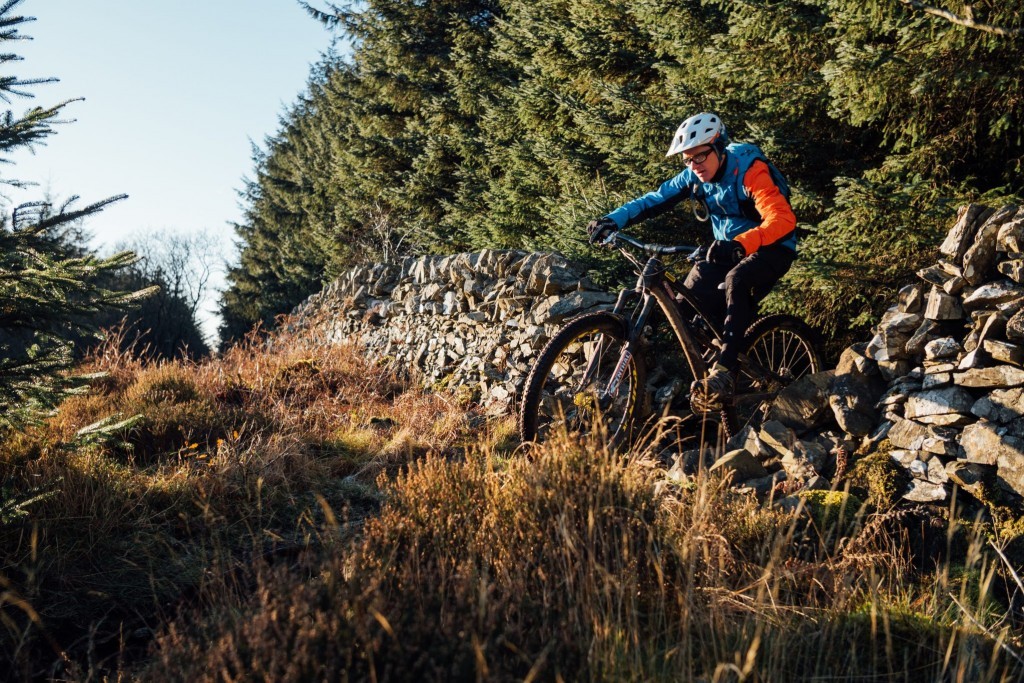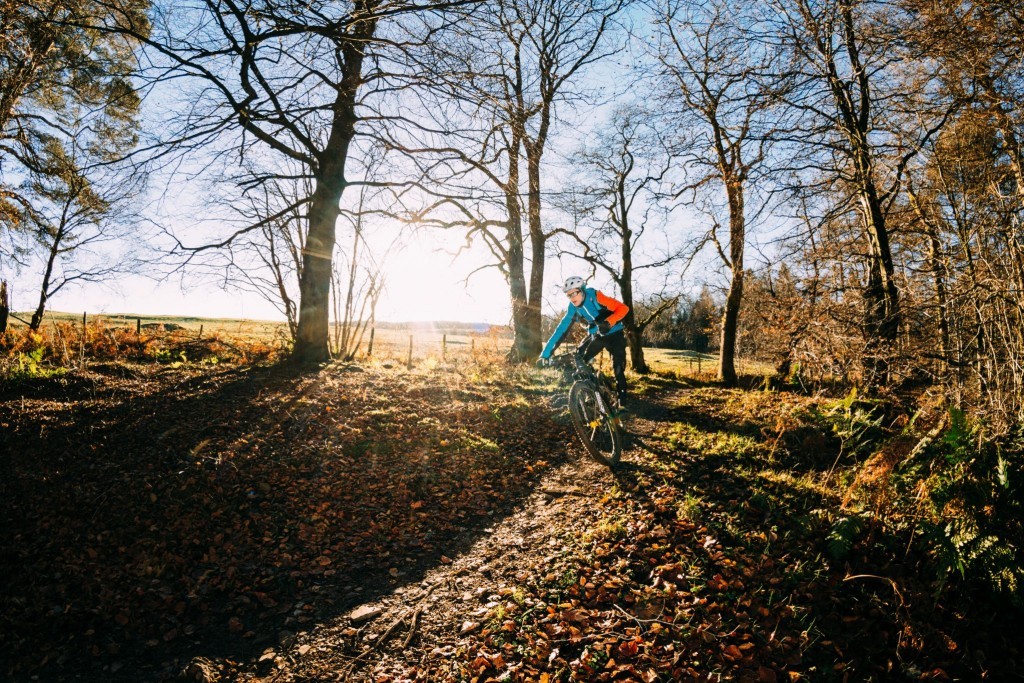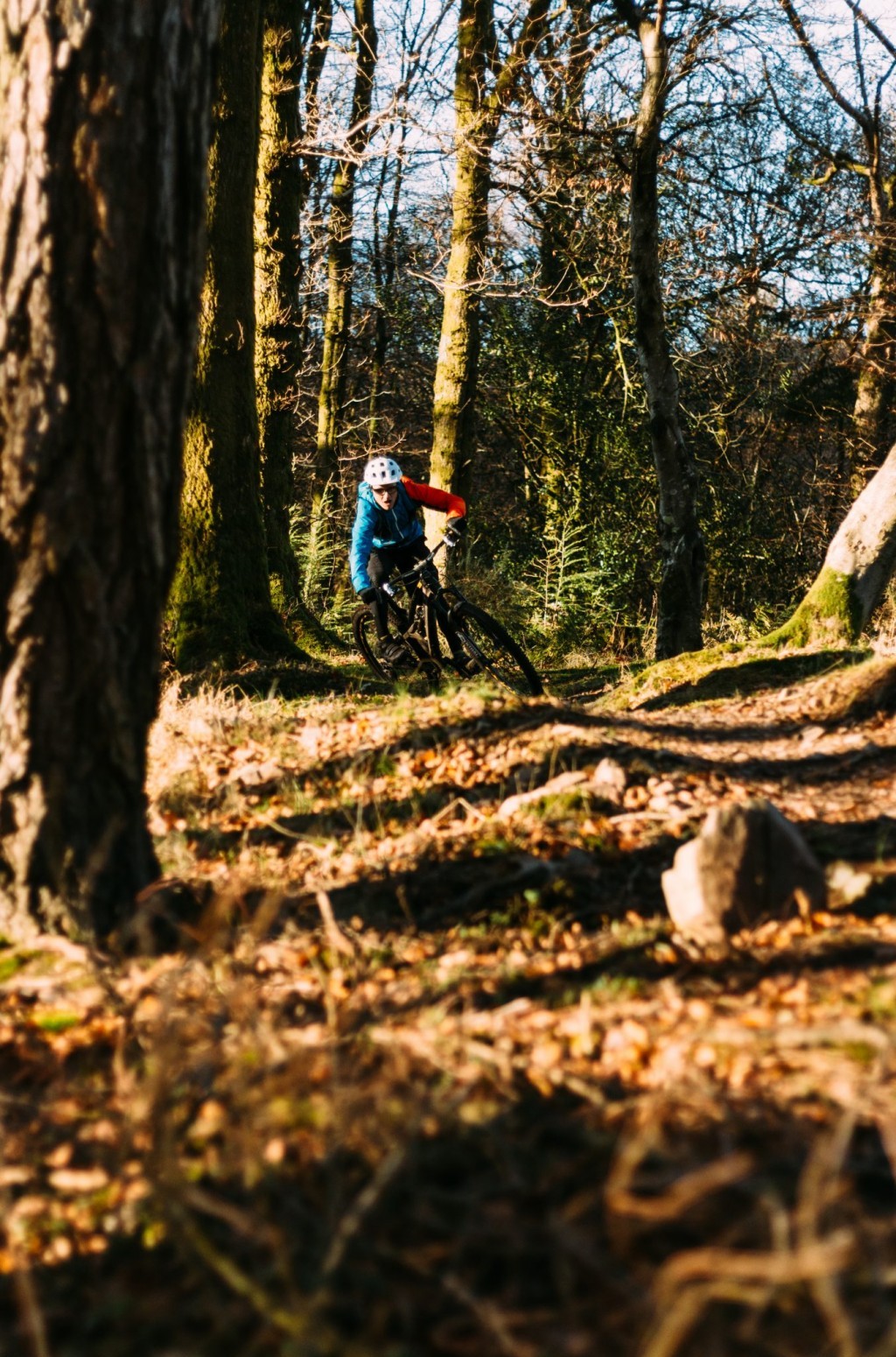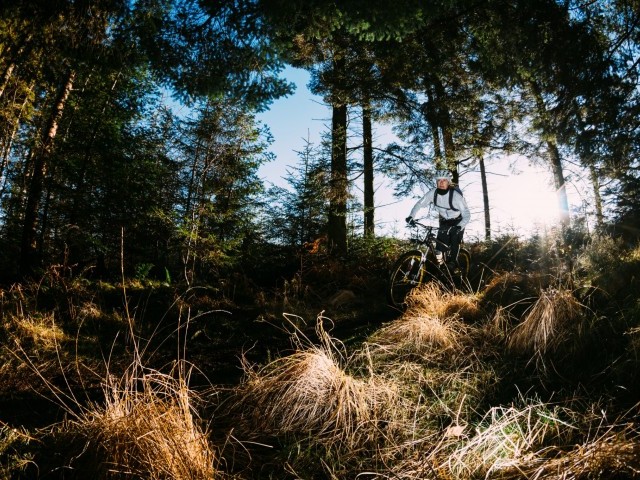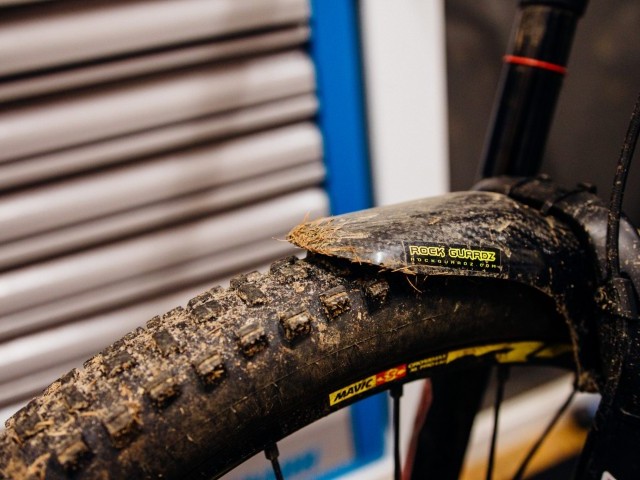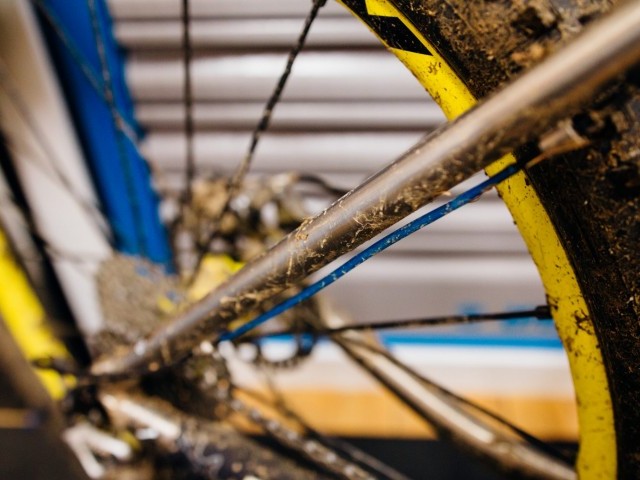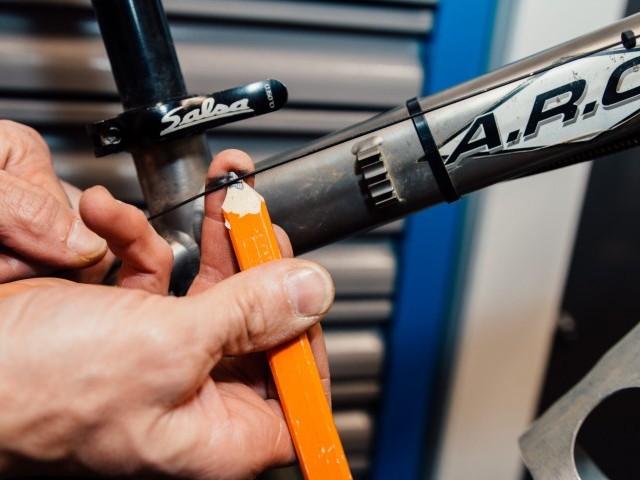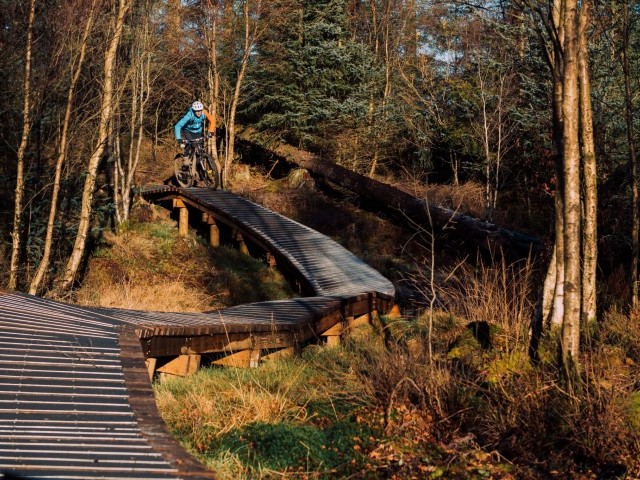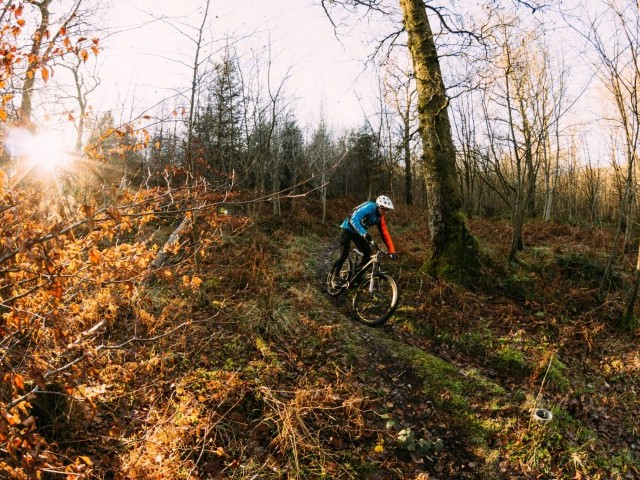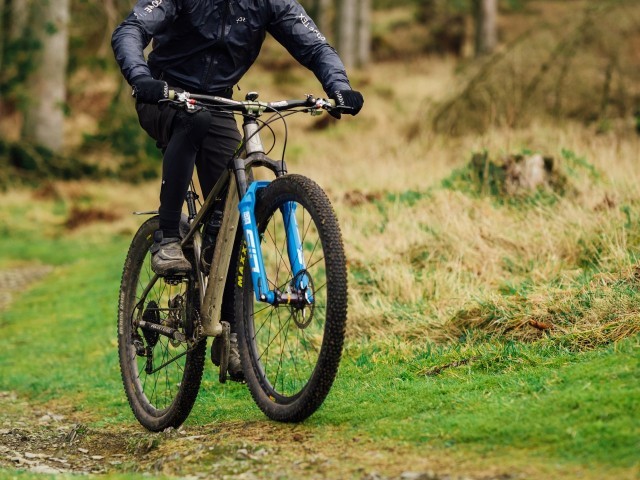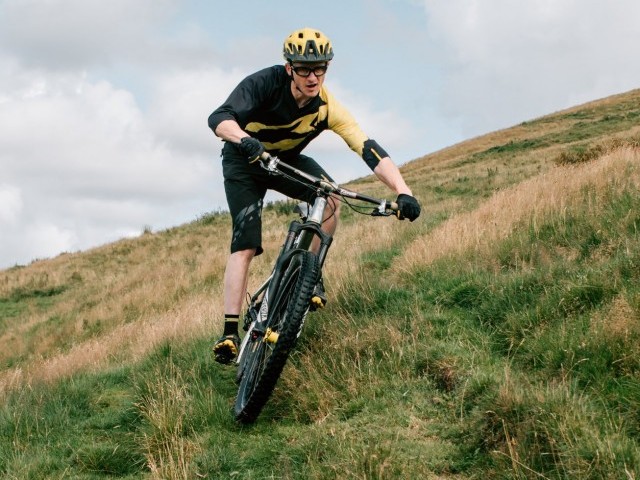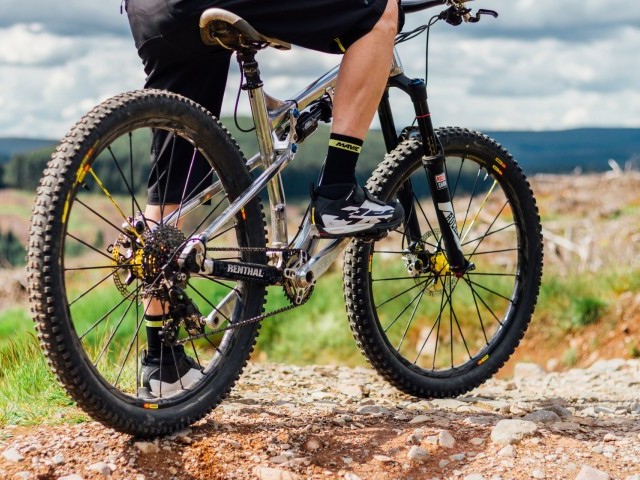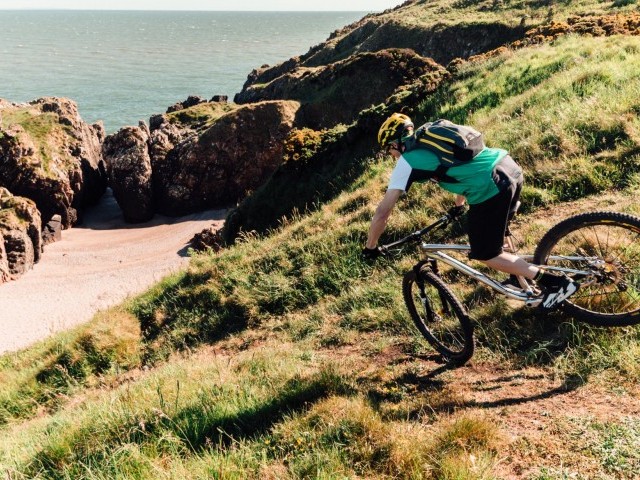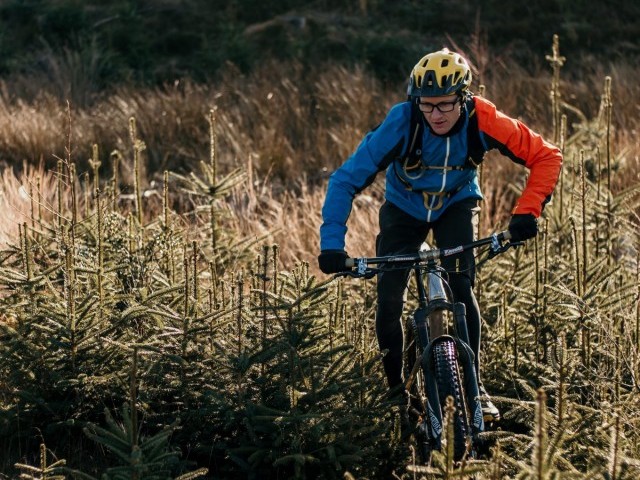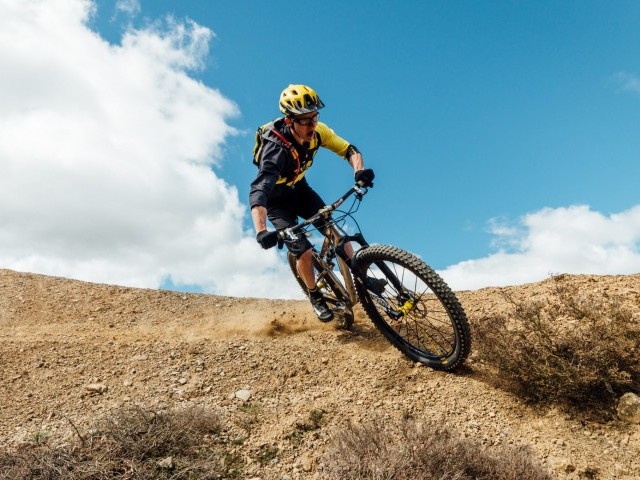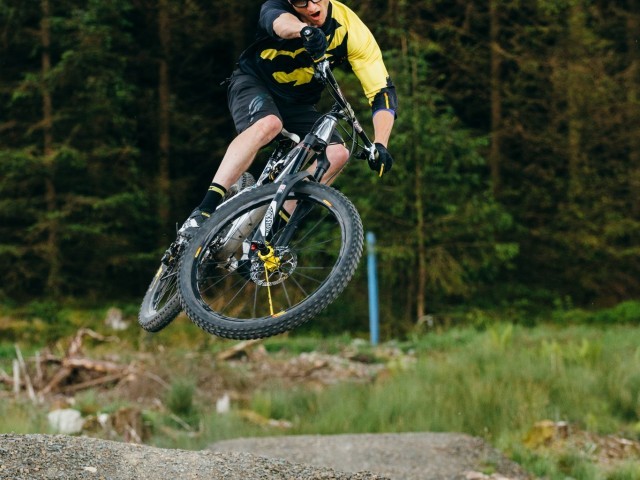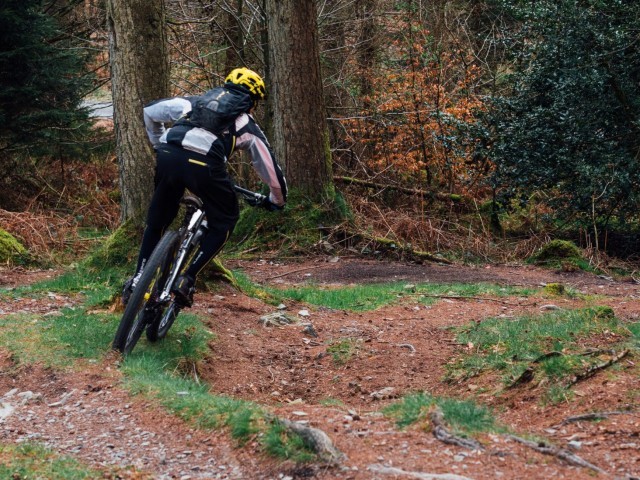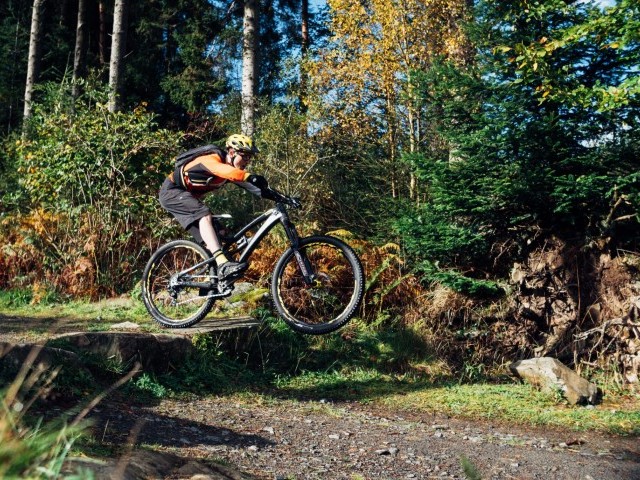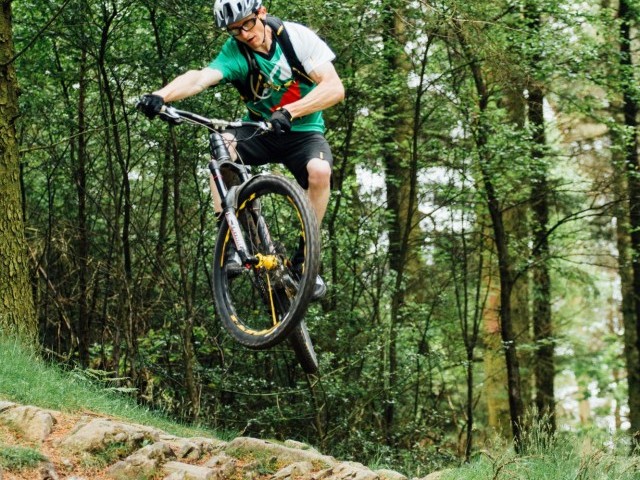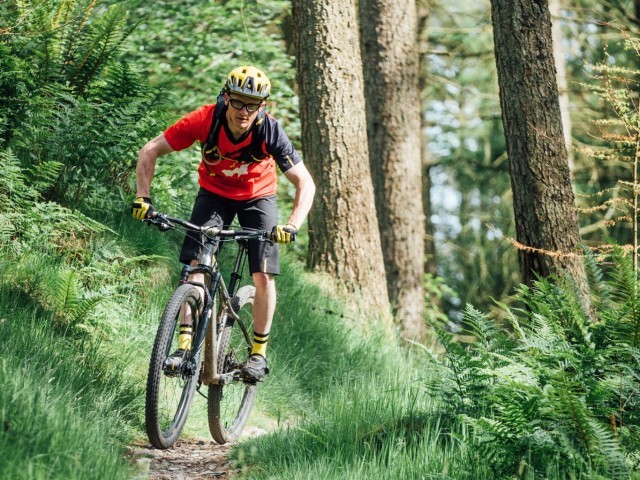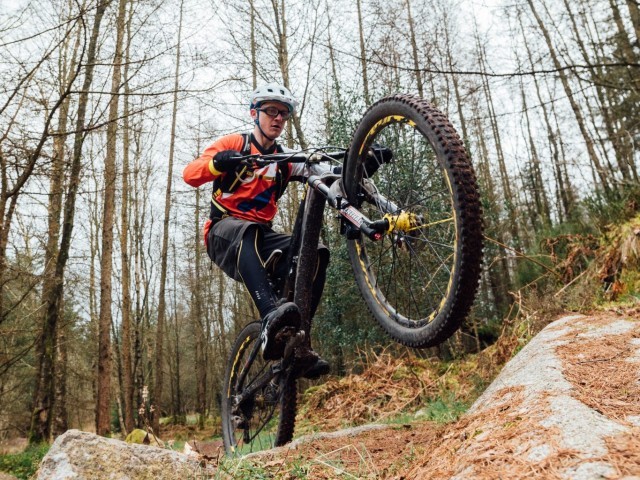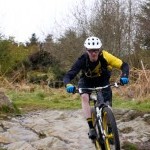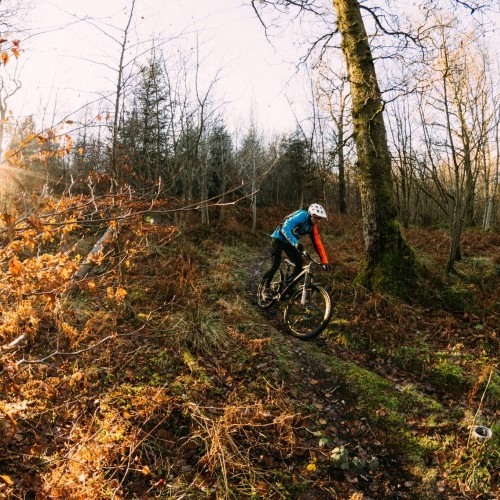
Winter Skills – Part 1
Technique / Skills
Fancy a line?
The works Christmas do is on the horizon (or a distant fuzzy memory for some) and the New Year beckons. The winter solstice sees us heading back to the light in this part of the world but winters firm grip means we will have to endure mud, slop, snow, ice and varying combinations of all the above.
Welcome once again into the world of technique and skills, this time around we are going to delve into the world of line choice. Ultimately and with the exception of the blindly obvious there is no wrong or right line to ride, it’s all about one of two things. 1) Time on the clock (for those of you racing and looking for KOM’s) and 2) Feeling.
In racing terms, there WILL be a fastest line, although this too has to work for the rider and riders style, for recreational riders, it’s all about what works for you. Maybe your after that line of least resistance and straightening things out, perhaps you're looking for some added fun and shape making, hunting out features and shapes in the landscape to bust out some moves.
One thing is for sure and that’s winter conditions require an adaptation of line choice and the ability to re-plot your intended line once that inevitable slip n slide happens. Of course, this is only applicable in specific terrain scenarios, and some of you I appreciate may not end up in such unforgiving terrain. For those of us that may end up in the sh#t slithering around let's look at how we can get some grip and enjoy the slip.
More Haste Less Speed
All life slows in the winter; we can learn from this, reducing our speed helps minimise spray keeping us dry and warm when its sopping wet, we sweat less and can maintain a more consistent body temperature avoiding the sweat cooling on the skin which can lead to tight muscles, aches and pains. We can take more time to set up for features and be more mindful of the various lines available to us through sections that we usually just blast through.
Learning to read the terrain is one of the most essential tools to becoming a proficient trail rider, when you master riding on sight and can pre-empt grip levels you can ready for slip moments and set up accordingly, hunting out the grippy sections of terrain and letting the bike move below as you do so. Being able to take the bike to the slide is way better than the slide coming to us. Practicing in a safe area where its ok to make a bit of mess by carving turns tighter and tighter to induce a slide from either front, back or both wheels while hanging a foot out Moto X style is easy to achieve in these slippery conditions.
I’ll always bang home the message of practice makes permanent and if you want to progress then you will have to stop riding trails and start riding your bike! This all begins with being mindful and consciously having a game plan. When we head out for a ride, it's not a time of recreation as you may have been duped into believing, it’s a time for work. Mountain biking is physically and mentally demanding, spotting lines and riding ‘eyes wide open’ requires a huge amount of effort. Sure you can go for an easy jolly and have a recreational element, but that’s off-road cycling and not mountain biking! Mountain biking is way more dynamic and requires combinations of technique.
Being able to move either wheel up, down, left - right independently by weighting and unweighting is a good starting point. You may need to unweight the back to help that rear wheel not skid slide down the hard edge to a rut or root, maybe pop a manual to lift the front wheel over a greasy rock. Whatever you may need to do in the way of bike movement that all comes down to some fundamental skills drills and core technique practice.
Bike Tweaks
Finding that grip doesn't just come about by picking tidy lines with the eyes and letting the body put the bike there, it is also linked to the bikes set up. A change of tyre and or tyre pressure can make a huge difference, softening the suspension making it more reactive can help keep the tyres gripping. The cooler temperatures may make the fluids more viscous and rubbers harder so regular cleaning and lubrication is vital to keep your ride performing at its best, giving you a fighting chance in adverse situations.
Mudguards have become commonplace, and they make a lot of sense when it comes to keeping fork seals and shock absorbers protected from the grit and grime. Full-length cable outers can help with smooth shifting but lubricants attract dirt and moisture build up in the cable outer can corrode the inner, make sure you thoroughly dry your bike after a wash, re-lubricate chain and spray a light bit of silicon spray on dust wipers and over seals. Try to store bikes in heated spaces and not damp sheds as the humidity levels wreck kit. If you can access your gear inner wire then using a pencil to lubricate the cable is a far better option to oil and spray type lubes, the graphite is a natural lubricant and it's a dry process, so dirt won't be attracted to the end bits that poke out as the cable travels in and out of the outer housing.
Of course, there is always a compromise and sacrifice when it comes to component changes and softer tyre pressures will require an adaptation in technique to overcome rim-dinging pinch punctures - back to my point about slowing down and threading your way through stuff. Just remember all the slow speed riding habits you have to get amplified as speed increases, slow speed stability, control and riding can only pay dividends in the long run. You will actually find that the speed element comes naturally and goes unnoticed when you start to focus on technique and riding smoothly.
What Goes Up
Climbing in slippery conditions required some added focus, we need to develop a bit of torque to get the rubber to bite in but have to be delicate on the gas so as to not ‘light them up’ and sit there in the mud turbo trainer spinning out the back wheel ripping up the ground. Where you may stand, you may need to sit and even shuffle to the back of the saddle to get a little extra weight into that rear part of the bike. Slippery roots and rocks will require us easing up on the gas and lifting out butts out the saddle to help the wheel up - over features, again without spinning up the rear wheel.
If there is vegetation next to the trail, you may want to grab that bit of extra ground and get on the grass as the roots hold the topsoil together and can more often than not give you a bit more grip.
Sometimes you may have to give it some zig-zag action and cross the wet slippery dirt line to avoid plant life and the like, ease the pressure in the drive train as you do so to avoid spinning out.
Must Come Down
Descending will give us a whole new set of challenges, from icy covered rocks to frozen grass laid over and all the wetness that the defrost will bring, you may well find all variations out in the hills as shadowy areas freeze up and sun-blessed sections unfreeze and get wet n wild. Expect the unexpected and maintain a steady pace that enables you to read the terrain and react accordingly. It's so much easier to lock up a wheel and get in a slide, the braking practice in one of our earlier features will help you keep your speed in check and bike on the track.
Hunting out the grip by running the edge of the ride line can be advantageous, just be mindful of ‘muddying’ the landscape and creating further erosion and scars on the terrain around you. It’s a time to be mindful of the trails we ride saving those more delicate and sensitive ones for frozen days and better weather.
Deep leaf litter may hide rocks and roots, stay stood up in a neutral position supple and ready to react to slip and slides, don’t fight the bike if you ping off a feature, by keeping a loose, relaxed grip your less likely to make over corrections, softly softly is the key, smaller inputs are required in slippery conditions.
Slip n Slop But Don't Stop
Momentum is our friend and keeping wheels turning to shed mud and cut fresh rubber into the ground help immensely, speed control is critical whether climbing or descending, some lines require a bit of pace to clean, but too much gas and you can find yourself on the end of a washout moment.
Here are a few tips for dealing with slips:
Countersteering and avoiding the ‘bulldozer’ are common techniques deployed in slippery conditions, all too often if a front wheel slides out people keep turning in harder in an attempt to get some grip, all this does is worsen the situation. The tyre only has contact in a really small patch directly at the bottom; you need those side knobs to cut in and increasing the steering input is counterproductive. If the front is sliding ease the steering and then turn-in again, get fresh, clean un clogged blocks cutting in and don’t be shy of leaning it in more as the larger more aggressive knobs are quite far around the casing of the tyre.
If the rear is slithering around and sliding out counter steering into the slide will help get the bike pointing straight again, maybe ease up on the braking force if you are going sideways while descending. This goes back to looking up, visualising the line your wheels will pass, dropping the eyes (not the head) to check that you're still on target and repeating the process. In these slippery situations it's being mindful to add that slip to grip factor, setting up with a preemptive amount of space than sliding across the trail before hooking up and getting some grip back. When it all comes together its a very rewarding feeling, being able to master the preemptive slide is the essence of trail riding in the winter and something that instantly makes UK riders perform well in all conditions.
Something that we have to consider when it comes to lines and making them stick is our own physical and technical ability, bike set up and willingness to commit to sections of trail. You may ride with others who encourage you to take specific lines, and this can be good for experimentation purposes but don’t be duped into trying to hit a line where you don't have the speed or required ability to move the bike just so, especially where the penalty for failure is high. We all suffer from knocks and falls, and confidence is everything when it comes to riding, the old saying ‘once bitten twice shy’ can easily apply, and the last thing we need is to approach trail riding half committal.
There does however for some of us come the time where we have to enter the lion's den and have a stab at something we think we may or may not get away with. Through over 30 years of experience I know I’ll only nail a line if my mental game is 100% and I bring a “CAN DO’ attitude to my lines. That said all elements have to be aligned and I have to be firing on all cylinders to make it happen, failing that I just save it for another day. The aim of the game is to arrive alive and ride again tomorrow.
Have a fantastic Christmas and all the best for your riding and well being in 2018.
This technique article was in Issue 51 of IMB.
Related
By Clive Forth
Clive Forth is a rider who has been there, done that, got the t-shirt and cleaned his bike with it. He has grown with the UK scene and technological developments for the last 30 years and has competed at all levels in all disciplines riding for some prestigious brands along the way. Always looking for that extra edge with endless passion and drive he is geared up to bring you the inside line on all aspects of mountain biking skills and technique.




